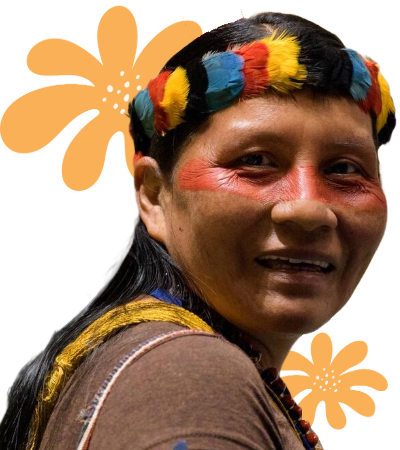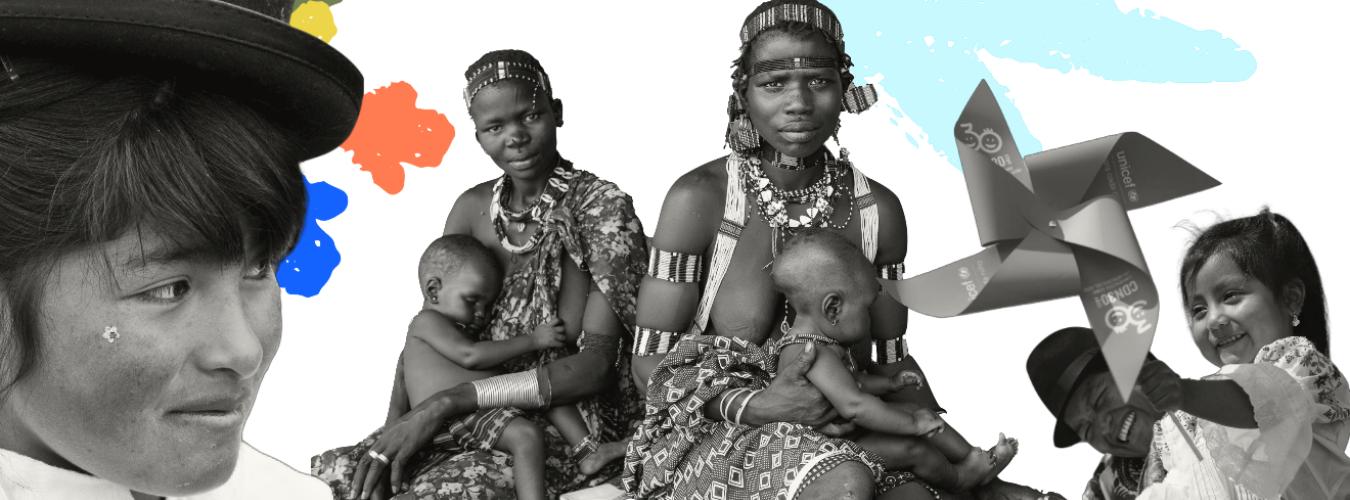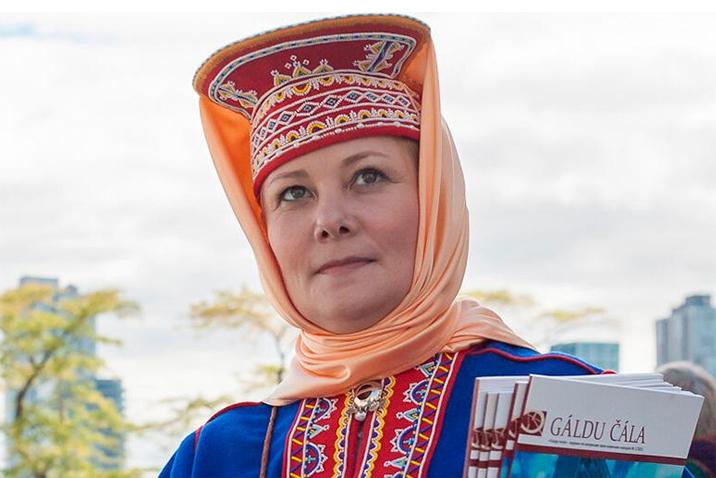Protecting the Rights of Indigenous Peoples in Voluntary Isolation and Initial Contact
Around 200 groups of Indigenous Peoples currently live in voluntary isolation and initial contact. They reside in remote forests rich in natural resources in Bolivia, Brazil, Colombia, Ecuador, India, Indonesia, Papua New Guinea, Peru and Venezuela. They choose to live detached from the rest of the world and their mobility pattern allows them to engage in gathering and hunting, thereby preserving their cultures and languages. These peoples have a strict dependency on their ecological environment. Any changes to their natural habitat can harm both the survival of individual members and the group as a whole.
Despite their right to autonomy as enshrined in the UN Declaration on the Rights of Indigenous Peoples, Indigenous Peoples in voluntary isolation and initial contact face unique challenges often overlooked by the surrounding world. Developments for agriculture, mining, tourism and natural resources in their territories is resulting in the deforestation of swathes of Indigenous Peoples’ forests, disrupting their way of life and destroying the natural environment that they have protected for generations.
For Indigenous Peoples living in voluntary isolation and initial contact, one of the most serious threats from external contact is the exposure to diseases. Due to their isolation, they do not have the immunological defenses to relatively common diseases. As such, forced contact with the outside world can lead to devastating consequences, and can destroy whole societies.
This International Day of the World’s Indigenous Peoples 2024 is focusing on ‘Protecting the Rights of Indigenous Peoples in Voluntary Isolation and Initial Contact’. Indigenous Peoples in voluntary isolation and initial contact are the best protectors of the forest. Where their collective rights to lands and territories are protected, the forests thrive, alongside their societies. And not only is their survival crucial to the protection of our planet, but it is crucial to the protection of cultural and linguistic diversity. In today’s hyper-connected world, the existence of Indigenous Peoples in voluntary isolation and initial contact is a testament to the rich and complex tapestry of humanity, and it is a huge loss to our world if they cease to exist.

Commemoration event
August 9, 2024
9:00 - 10:30 a.m. EDT, New York time
Register for the UN event where speakers will share their expertise on protecting the rights of Indigenous Peoples in voluntary isolation and initial contact.
We need indigenous communities for a better world
There are an estimated 476 million Indigenous Peoples in the world living across 90 countries. They make up less than 5 per cent of the world's population, but account for 15 per cent of the poorest. They speak an overwhelming majority of the world’s estimated 7,000 languages and represent 5,000 different cultures.
Indigenous Peoples are inheritors and practitioners of unique cultures and ways of relating to people and the environment. They have retained social, cultural, economic and political characteristics that are distinct from those of the dominant societies in which they live. Despite their cultural differences, Indigenous Peoples from around the world share common problems related to the protection of their rights as distinct peoples.
Indigenous Peoples have sought recognition of their identities, their way of life and their right to traditional lands, territories and natural resources for years. Yet, throughout history, their rights have been violated. Indigenous Peoples today, are arguably among the most disadvantaged and vulnerable groups of people in the world. The international community now recognizes that special measures are required to protect their rights and maintain their distinct cultures and way of life.
In order to raise awareness of the needs of these population groups, every 9 August commemorates the International Day of the World’s Indigenous Peoples, chosen in recognition of the first meeting of the UN Working Group on Indigenous Populations held in Geneva in 1982.
Did you know?
- Indigenous Peoples make up 6.2% of the global population, and they represent more than 19% of the extremely poor.
- Indigenous Peoples' territories encompass 28% of the surface of the globe and contain 11% of the world’s forests. They are guardians of most of the world’s remaining biodiversity.
- Indigenous Peoples’ food systems have high levels of self-sufficiency, ranging from 50% to 80% in food and resource generation.
Source: ILO




